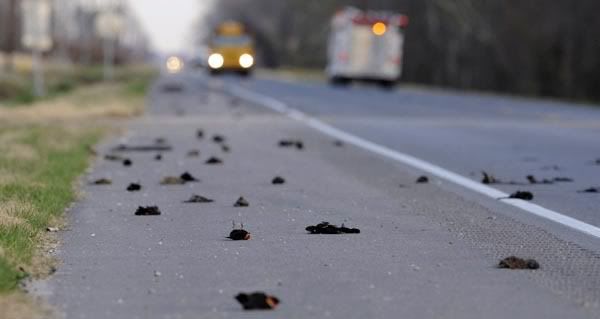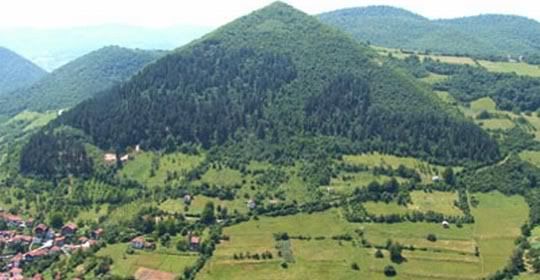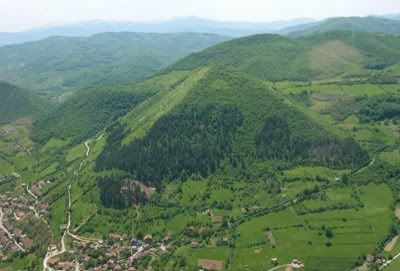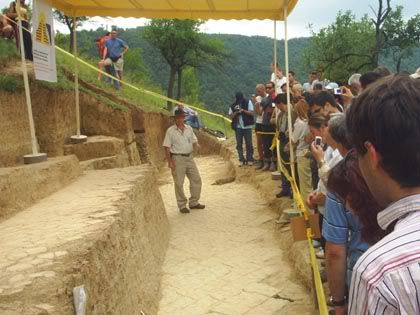A seven-year effort by the Central Intelligence Agency to hide its relationship with a Swiss family who once acted as moles inside the world’s most successful atomic black market hit a turning point on Thursday when a Swiss magistrate recommended charging the men with trafficking in technology and information for making nuclear arms.
The prospect of a prosecution, and a public trial, threatens to expose some of the C.I.A.’s deepest secrets if defense lawyers try to protect their clients by revealing how they operated on the agency’s behalf. It could also tarnish what the Bush administration once hailed as a resounding victory in breaking up the nuclear arms network by laying bare how much of it remained intact.
“It’s like a puzzle,” Andreas Müller, the Swiss magistrate, said at a news conference in Bern on Thursday. “If you put the puzzle together you get the whole picture.”
The three men — Friedrich Tinner and his two sons, Urs and Marco — helped run the atomic smuggling ring of A. Q. Khan, an architect of Pakistan’s nuclear bomb program, officials in several countries have said. In return for millions of dollars, according to former Bush administration officials, the Tinners secretly worked for the C.I.A. as well, not only providing information about the Khan network’s manufacturing and sales efforts, which stretched from Iran to Libya to North Korea, but also helping the agency introduce flaws into the equipment sent to some of those countries.
The Bush administration went to extraordinary lengths to protect the men from prosecution, even persuading Swiss authorities to destroy equipment and information found on their computers and in their homes and businesses — actions that may now imperil efforts to prosecute them.
While it has been clear since 2008 that the Tinners acted as American spies, the announcement by the Swiss magistrate on Thursday, recommending their prosecution for nuclear smuggling, is a turning point in the investigation. A trial would bring to the fore a case that Pakistan has insisted is closed. Prosecuting the case could also expose in court a tale of C.I.A. break-ins in Switzerland, and of a still unexplained decision by the agency not to seize electronic copies of a number of nuclear bomb designs found on the computers of the Tinner family.
One of those blueprints came from an early Chinese atomic bomb; two more advanced designs were from Pakistan’s program, investigators from several countries have said.
Ultimately, copies of those blueprints were found around the globe on the computers of members of the Khan network, leading investigators to suspect that they made their way to Iran, North Korea and perhaps other countries. In 2003, atomic investigators found one of the atomic blueprints in Libya and brought it back to the United States for safekeeping.
Mr. Müller, the Swiss magistrate, investigated the Tinner case for nearly two years. He said Thursday that his 174-page report recommended that the three men face charges for “supporting the development of atomic weapons” in violation of Swiss law.
They are accused of supplying Dr. Khan’s operation with technology used to make centrifuges, the machines that purify uranium into fuel for bombs and reactors. Dr. Khan then sold the centrifuges to Libya, Iran and North Korea and perhaps other countries.
Mr. Müller’s recommendation comes as a new book describes previously unknown details of the C.I.A.’s secret relationship with the Tinners, which appears to have started around 2000.
The book, “Fallout,” by Catherine Collins and Douglas Frantz, scheduled to be published next month, tells how the C.I.A. sent the men coded instructions, spied on their family, tried to buy their silence and ultimately had the Bush administration press Switzerland to destroy evidence in an effort to keep the Tinners from being indicted and testifying in open court.
Ms. Collins is a freelance writer and investigator, and her husband, Mr. Frantz, is a former investigations editor for The New York Times and a former managing editor of The Los Angeles Times. He currently works on the staff of the Senate Foreign Relations Committee.
The C.I.A. has never commented on its relationship with the Tinners. But the story has leaked out, in bits and pieces, after news reports of Dr. Khan’s illicit atomic sales forced Pakistan’s government to expose the atomic ring and place Dr. Khan under house arrest. But Pakistan never allowed him to be interrogated by the C.I.A. or international nuclear inspectors, perhaps out of fear that he would implicate other Pakistani senior officials.
As a result, there has never been a full accounting of his activities, few of his associates have been tried or jailed, and there are strong indications that some of his suppliers are still operating.
But if the Pakistanis were worried about revelations surrounding Dr. Khan and whom he might have worked with in the Pakistani military and political hierarchy, the C.I.A. was worried about the Tinners.
The new book says the Bush administration grew so alarmed at possible disclosures of C.I.A. links to the family that in 2006 Secretary of State Condoleezza Rice lobbied Swiss officials to drop their investigation.
The book says the C.I.A. broke into a Tinner home in 2003 and found that the family possessed detailed blueprints for several types of nuclear bombs.
Paula Weiss, a spokeswoman for the C.I.A., declined to comment, and lawyers for the Tinners did not immediately respond to requests for comment. The Tinners have said that they were not aware that the equipment they supplied was intended for nuclear weapons projects.
Based on Swiss investigators’ findings, the book suggests that the bomb designs may have spread to a half dozen outposts of Dr. Khan’s empire around the globe — including Thailand, Malaysia and South Africa — and sharply criticizes the C.I.A. for leaving those plans in the hands of people suspected of being nuclear traffickers.
In late 2007, the Swiss government, under strong American pressure, decided to drop legal proceedings on espionage charges against the Tinners and other charges against a number of C.I.A. operatives who had operated on Swiss soil in violation of the country’s laws.
In early 2008, the more limited investigation on trafficking charges inched forward with great difficulty because the Swiss government — again at the behest of United States officials — had destroyed an enormous trove of computer files and other material documenting the business dealings of the atomic family. That action led to an uproar in the Swiss Parliament.
But in 2008 Swiss investigators discovered that 39 Tinner files scheduled for destruction had been overlooked, giving the authorities fresh insights into the ring’s operation — and new life for the legal case.
In his news conference on Thursday, Mr. Müller harshly criticized the Swiss government for having “massively interfered in the wheels of justice by destroying almost all the evidence.” He added that the government had also ordered the federal criminal police not to cooperate with his investigation.
If the Tinners are formally charged and their case goes to trial in Switzerland, they face up to 10 years in prison if they are found guilty of breaking laws on the export of atomic goods. All three men spent time in Swiss jails pending the outcome of the espionage and trafficking inquiries. The time they have already spent in jail would count toward any possible sentence.
In early 2009, Marco Tinner was freed after more than three years of investigative detention, and his brother Urs was released in late 2008 after more than four years in jail. Their father, Friedrich, was released in 2006.
Mr. Müller recommended that, in addition to charges of atomic smuggling, Marco Tinner should be accused of money laundering.
The Swiss attorney general is now studying the magistrate’s report and will decide next year whether to file charges against the Swiss family of atomic spies and entrepreneurs.






